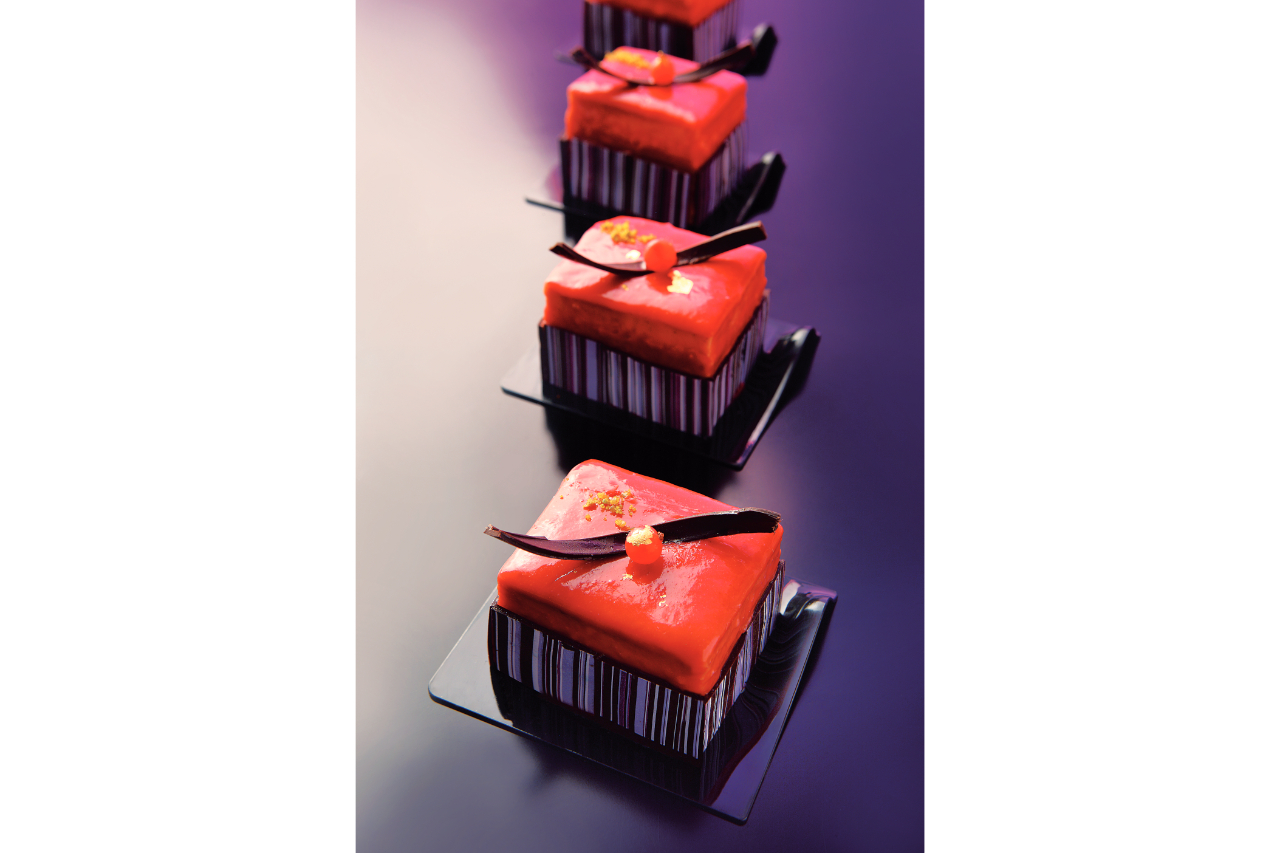
















Born in 1975 in Brescia, Luca Papini has a very clear idea of his identity as a designer and of the identity of his designs, in which form becomes the fruit of a process dedicated entirely to design.
Initially oriented towards the architectural studies which he completed in Florence, he subsequently continued his professional path by turning to industrial design, specializing at the IED in Milan where he also carried out teaching activities.
He has obtained numerous awards and consolidated numerous international collaborations, among which his experience as a guest professor at Tsinghua University in Beijing stands out.
What do you think is the relationship between industrial design and interior design? Do you think they are two different and alternative design concepts?
I think that the relationship between industrial design and interior design is direct and basically follows the same logic.
In both cases we start from an initial idea: in the case of a house it is a neutral, empty space, while for a product the starting point is a blank sheet of paper. Then, in both situations, the clients, requests, materials, colors and everything needed to fill and design that initial space come into play.
But there are certainly also differences in the two worlds: for an interior project, the identity of those who will live in the house is fundamental and therefore the freedom of customization, designing custom-made furniture or environments.
In the industrial sector, however, the project starts from a company brief or from my idea, but then various factors come into play which involve many different figures and we understand how to proceed in the final development of the idea together, so it is never the product of a personal will alone.
For you, what role does creativity play in design?
Design and creativity are often associated too hastily in my opinion, also because opinions differ on what exactly creativity is.
Design is still confused with art, which in my opinion are not the same thing and are not interchangeable, and therefore creativity is associated with an artistic flair.
However, correctly considering design as planning, creativity is expressed in the concrete solution to a concrete problem.
So what is the source that fuels this research and, consequently, the creativity of design?
The art of observing, or knowing how to look carefully.
What differences do you notice between your work with industries and big brands and your work with private individuals?
There are differences. When working with industries and having to deal with and immerse yourself in the industrial system, the timing is variable and sometimes unpredictable, perhaps even longer.
And then the internal dynamics and the actors who participate in the development and production phases come into play and are involved from the beginning to the end of the design, even in the production phase.
With a private client, however, it is simpler, there are fewer steps and once the idea has been found and shared, we immediately proceed with the creation of the prototype and the final evaluation, without other obligatory steps which are often necessary in industry.
Furthermore, in the private sector each client is different and is always very informed and decisive about what he wants. Compared to previous years, his participation in the project has now become much more important and, thanks to platforms such as Pinterest or Instagram, or even sector magazines, he is interested in the process from start to finish.
I can say that, due to my design vocation, I feel more inclined to work with industries than with private individuals.
So how do you as an industrial designer position yourself towards a fair like Milano HOME which focuses on the world of the home?
Although it is not strictly my area, I will visit the fair because I am very interested in understanding what type of jobs I will find, the companies that will exhibit and the craftsmanship.
I am also curious to discover the manufacturing, traditions and innovations underway in our country and in foreign countries.